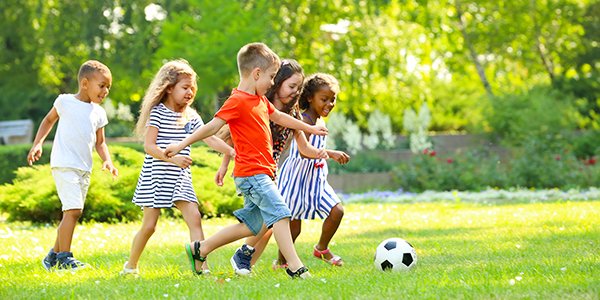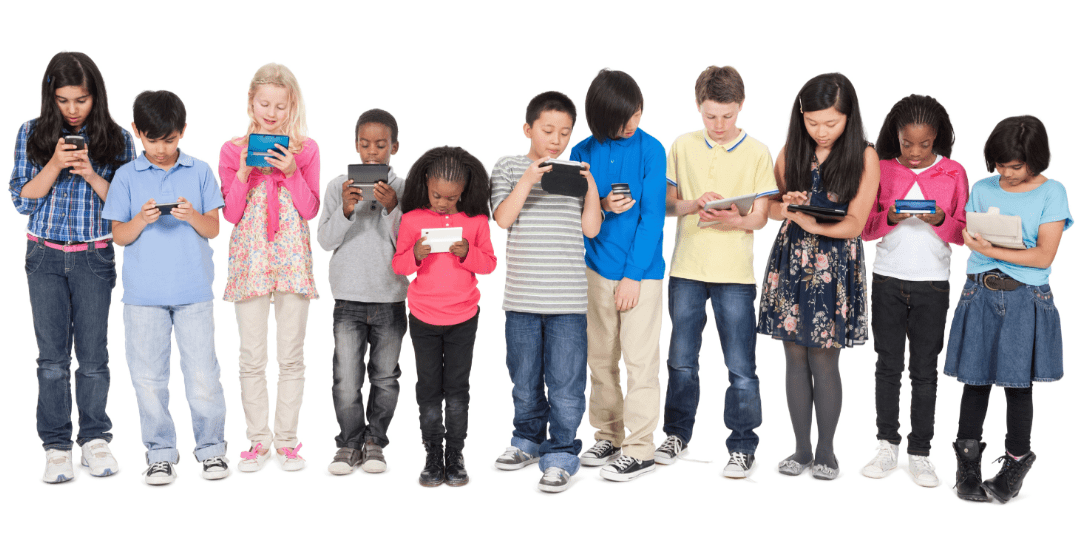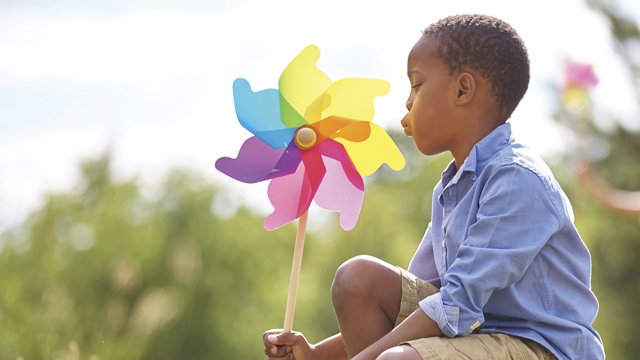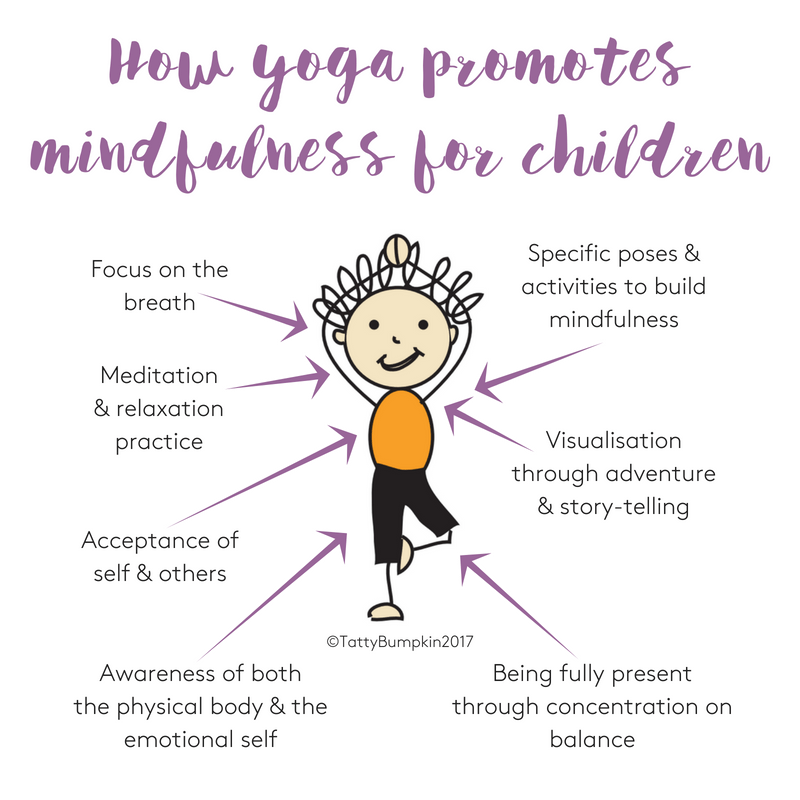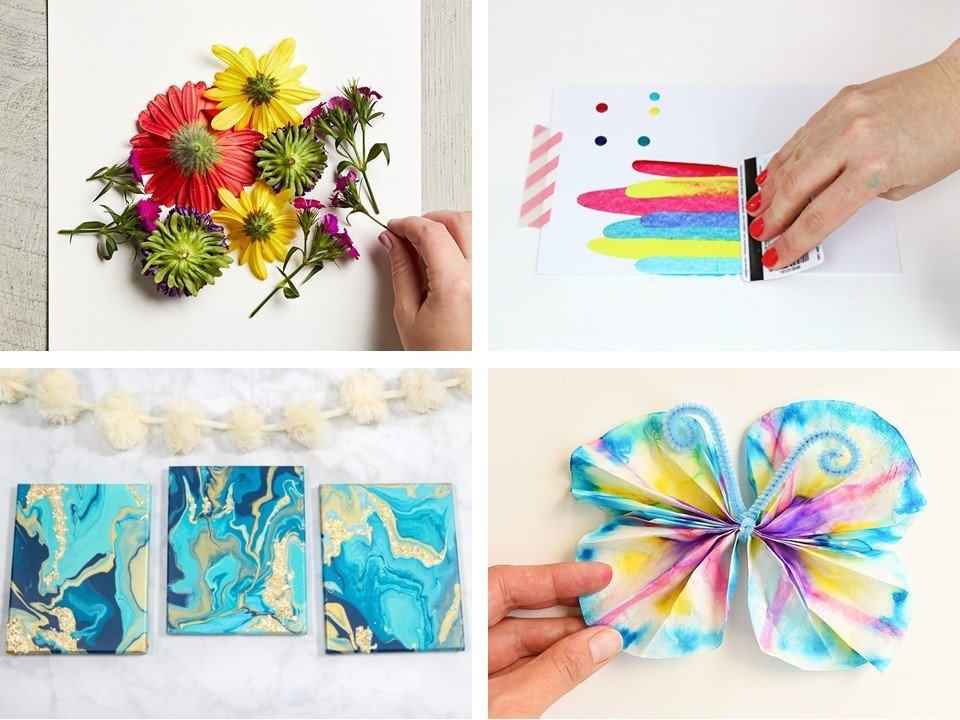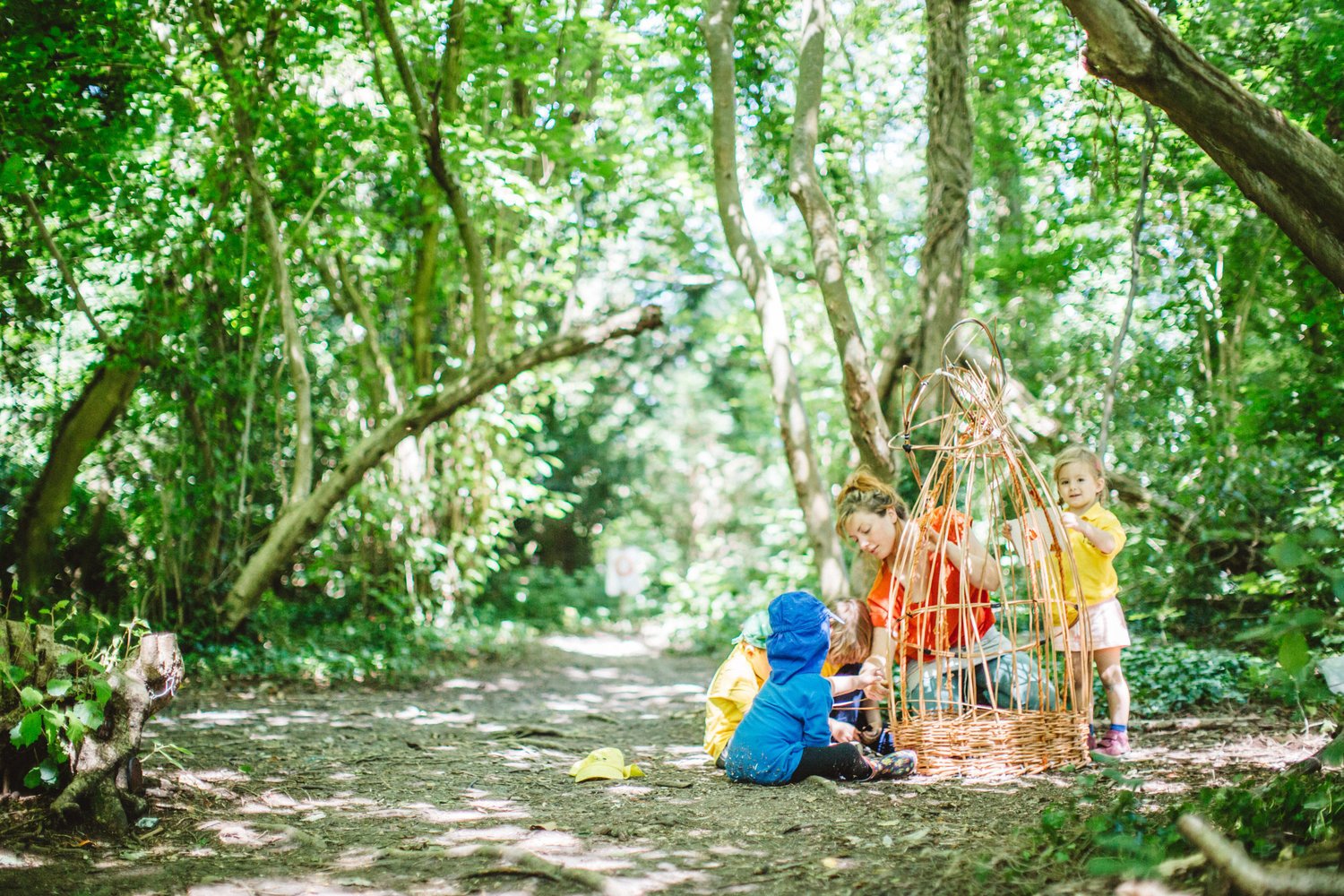Pupil Wellbeing
Wellbeing
The term 'Wellbeing' refers to the quality of people's lives. It is about how well we are and how our lives are going.
How to boost children's Wellbeing:
1. Physical Activity
Exercise is essential for everyone, especially children. There are a lot of benefits gained from exercising, including helping to create a positive mood and release the stress of the day. After a day of thinking, children need to be outside in the fresh air either playing sport or simply playing. Children need at least 60 minutes of vigorous physical activity everyday.
2. Technology Time
There is so much technology available to children nowadays but it is important to limit the time children spend having screen time. It is easy to use technology to occupy children but they should be restricted to a maximum of two hours per day, which includes television, computers, iPads and so on. This also includes the time children spend using technology in school. Setting clear and consistent guidelines from an early age makes it much easier to reinforce these limits as children get older. Most technology has timers so it easy for children to know when their time is up!
3. Positive Relationships
Developing positive relationships with others is very important for children’s wellbeing. The benefits from time spent with friends and family is that they learn to share, compromise and listen, as well as develop conflict resolution skills. Fostering these relationships as a child will also help them maintain relationships in their adult life.
4. Sleep
Sleep is an important element in maintaining good mental and physical wellbeing. Ensuring your child gets enough sleep each night is very important. To prepare children for a good night's sleep will work better if you establish a night time routine. This may include a bath, reading a story or listening to quiet music. Make sure the technology gets turned off one or two hours before bedtime to allow your child’s brain to unwind and relax.
5. Resilience
Being resilient is one of the most important qualities to develop in children. The ability to learn from mistakes and accept feedback, be persistent and not give up easily will help maintain a positive wellbeing in children. Through modelling these qualities yourself, parents and teaching staff can help children bounce back and move past mistakes and problems. Letting go is one of the best ways to maintain a healthy wellbeing.
Mindfulness
One great way to support children's wellbeing is through Mindfulness.
What is Mindfulness?
Mindfulness is our being aware of our thoughts, feelings and body in the present moment. Mindfulness is a natural quality that we all have. It’s available to us in every moment if we take time to appreciate it.
There are many different ways people can practice Mindfulness. Different ways work better for different people. It is about having a go at a range of different activities and finding those that work best for you and your child.
Downloadable activities for Mindfulness
Using the Senses Mindfulness Cards
Mindful Breathing
What is Mindful Breathing?
Mindful breathing simply means observing and opening your awareness to your breath: to your breathing in and your breathing out, without controlling or judging it in any way: letting it be. That’s it—it’s that easy! This allows you to focus on only one thing and allow everything else out of your mind. It is an important method for relaxation and stress relief.
Many people find that after time they feel calmer and can deal better with the stresses and strains of everyday life.
Downloadable activities for Mindful Breathing:
Yoga
How does Yoga aid Mindfulness?
As well as providing beneficial exercise, Yoga helps children to practice their mindful breathing and focus their attention on the present.
There are many different Yoga videos for children to follow on the internet especially on websites like YouTube. Once they have a go, children tend to find it enjoyable and funny.
Downloadable activities for Yoga:
Creativity
What creative activities can I do at home?
Due to how busy children's lives are, it is not often that they get to be creative just for the joy of it. Many children feel that they aren't good at art and have a negative feeling towards it but that is not the point of simply just being creative. Children can get creative in so many ways that being good at art won't even become an issue.
There are lots of ideas for creative activities on search engines like Google and apps like Pinterest. For example:
- Mindful Wands
- Decorating Stones
- Mandalas
- Mindful Colouring
- Dream Catchers
- Printing and Painting
- Collage
Creativity can take place outside through collecting different natural objects and making sculptures or pictures from those objects.
Nature
How can Nature help Mindfulness?
As we are spending more and more time indoors and online, being outside surrounded by nature has never been as important. Studies have shown that being in nature decreases stress and anxiety, as well as improves our physical and mental wellbeing. Listening to nature can help us to focus our attention on other things and encourages us to be more mindful.
Collecting, investigating, exploring and examining natural objects makes us see how beautiful and colourful the world is. Children can engage in many different activities in nature including:
- Colour Matching - using decorating colour charts, children could try and find/collect objects which match the colours
- Rock Stacking - creating sculptures of rocks which balance on top of each other
- Making a sound map - children draw a map of their location and place on the map what sounds could be heard
- Watching the Clouds - simple and calming. How many shapes can they see in the clouds?
- Go on a Safari - children can look for lots of different plants and creatures (without picking them or removing them from their habitats)
- 5, 4, 3, 2, 1 - 5 things they can see, 4 things they can touch, 3 things they can hear, 2 things they can smell, 1 thing they can taste
- Imaginative Play - where is more exciting than the great outdoors to create and act out a story?









